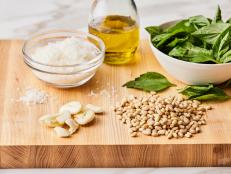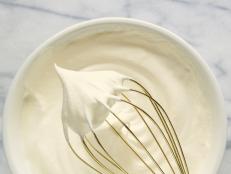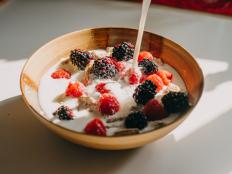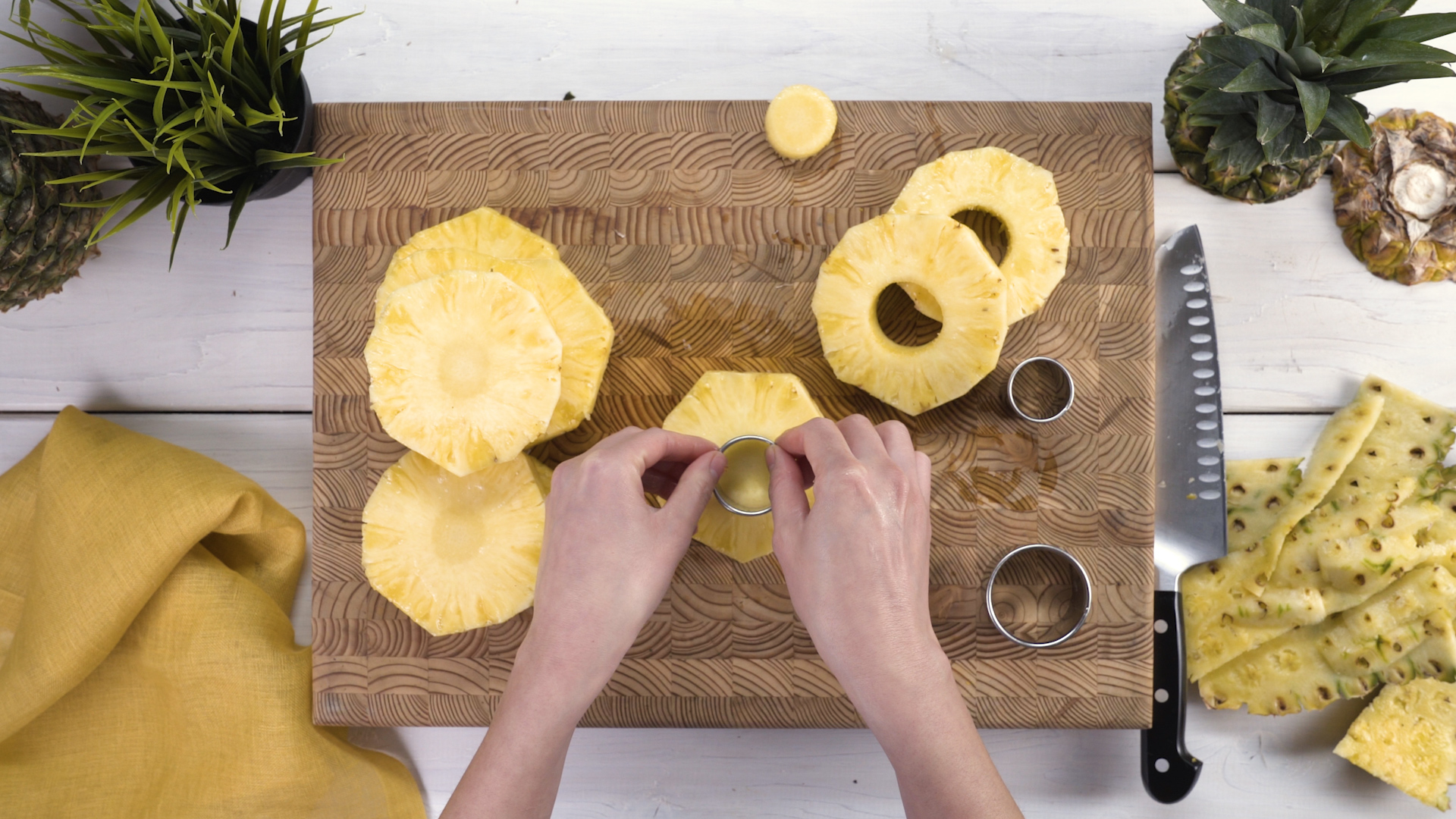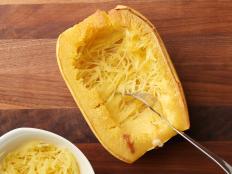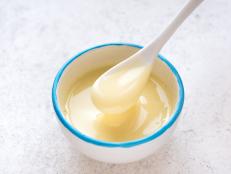How to Make Buttermilk: A Step-by-Step Guide
Two methods for every kitchen, recipe and timeframe.

By Fraya Berg for Food Network Kitchen
Fraya is a chef and a contributing writer at Food Network.
A versatile ingredient, buttermilk adds a distinctive tang to everything from salad dressing to home-baked bread to fried chicken. Making your own is surprisingly easy, and there are two different methods. What you have on hand and when you need your buttermilk will determine which method you use, but both yield results that you can use 1:1 in any recipe that calls for buttermilk. To learn more about buttermilk and why it's important in cooking and baking, check out our What Is Buttermilk? article.
How to Make Buttermilk: The 10-Minute Way
When to use this method: When you need buttermilk immediately.
What you'll need: Whole or 2-percent milk and fresh lemon juice or white distilled vinegar.
Why it works: Buttermilk brings its tangy flavor and acidic makeup to recipes, important in baking when you're using baking soda as a leavener, which needs acid to activate it. Here, you're creating an acidic dairy mixture. Although it's not cultured, it'll work like buttermilk in recipes.

Step one: Prepare your milk. Pour 1 cup of whole or 2% milk into a liquid measuring cup. For vegan buttermilk, you can use a vegan milk of your choice with perfect results.

Step two: Add an acid. For every 1 cup of milk, stir in 1 tablespoon lemon juice or vinegar. Let the mixture stand for 10 minutes. You can scale the recipe up or down depending on how much you need.

Step three: Ready to use. The acid will curdle the milk slightly. It should look like this.
How to Make Cultured Buttermilk
When to use this method: You have time (a full day), you want to create full-flavored buttermilk that tastes like that you buy from the store for much less money.
What you'll need: 1/2 cup of cultured buttermilk and 1 quart whole milk, 2% milk or 1% milk.

Why it works: The culturing method is how buttermilk is made commercially, so it’s the method that’s going to give you the most natural flavor, consistency and the lactic acid that is the byproduct of the bacteria turning the milk into buttermilk.

Step one: Prepare your cultured buttermilk. Pour 1/2 cup of the cultured buttermilk into the bottom of a lidded container that'll hold 6 cups. (A standard Mason jar will do, or use any non-reactive container with a lid.)

Step two: Stir to combine. Pour in 1 quart of milk. Stir to combine the milk and buttermilk thoroughly.

Step three: Leave at room temperature. Place the lid on your container. Leave it out on the counter at ambient room temperature.

Step four: Wait 12 to 24 hours. After 12 to 24 hours, the mixture will thicken. The longer you leave it out, the thicker and tangier the buttermilk will be. Depending on how warm your kitchen is, it may also take longer. Once the buttermilk has reached the texture and flavor you desire, store it in the refrigerator for up to a month. When you are down about half a cup, you may repeat the process by adding your homemade buttermilk to fresh milk.
Buttermilk Substitutes
Knowing how to make buttermilk is a great kitchen technique to keep in your back pocket. But sometimes, you may not have what you need to make buttermilk. In these cases, check out our article on Buttermilk Substitutes, which walks you through what to use in pancakes and baked goods, dips and dressings and marinades and brines instead of buttermilk.
Recipes that Use Buttermilk

Yunhee Kim, 2011
The acid in buttermilk is what makes it a fantastic brine for meat. Here, it tenderizes the chicken and adds flavor.

Kang Kim
Buttermilk adds tangy flavor and helps leaven these light-as-air breakfast treats.

Armando Rafael
The 1/4 cup fresh herbs that go into this tangy buttermilk dressing are up to you, so you can switch them up depending on the salad. We love tarragon and parsley when the salad is on the plate with chicken.
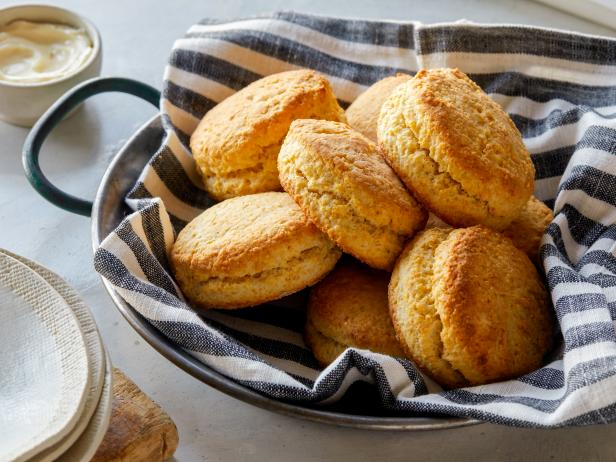
Teri Lyn Fisher
These flaky stacks get their quintissential flavor from, you guessed it, buttermilk. They’re so good with butter or honey…or both.

Caitlin Ochs
The moisture in buttermilk helps seasoned flour fully coat each cube steak, and works double duty to break down this slightly tougher cut.
Related Links:
























